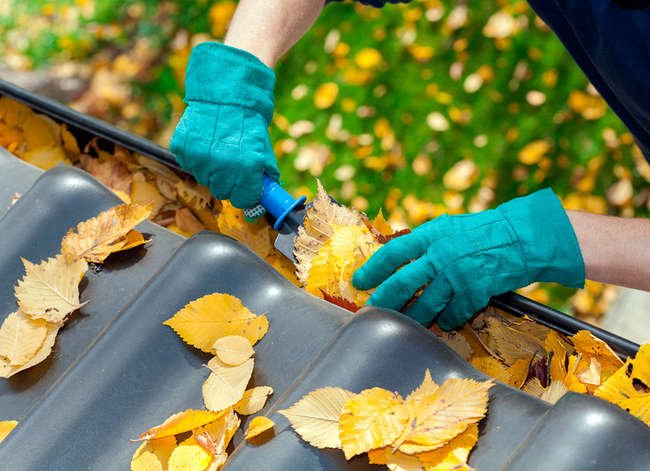

We may earn revenue from the products available on this page and participate in affiliate programs. Learn More ›
Home Advice You Can Trust
Tips, tricks & ideas for a better home and yard, delivered to your inbox daily.
By signing up you agree to our Terms of Service and Privacy Policy.
Forgetting to Test Your Carpet Cleaner
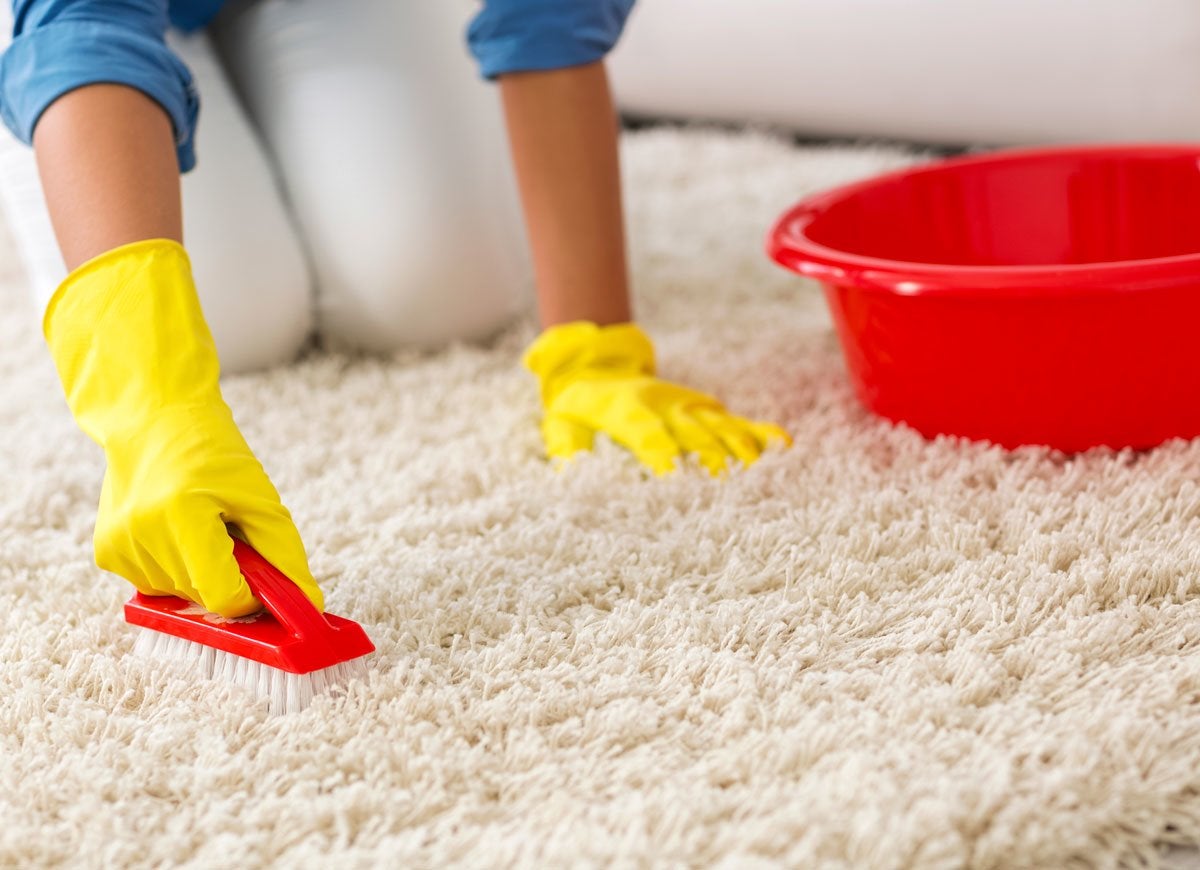
Carpets see a lot of traffic over the warmer months, so these soft surfaces need a thorough cleaning in the fall to remove dirt and odors. In the rush to finish the project before the weather gets too cold to crack open the windows for ventilation, many homeowners forget to test the cleaning solution before they get started, and end up with a discolored patch. Harsh carpet cleaners and spot removers should always be tested in an inconspicuous spot, such as in a corner or beneath a rug, to prevent any damage.
Not Switching to High-Efficiency Bulbs
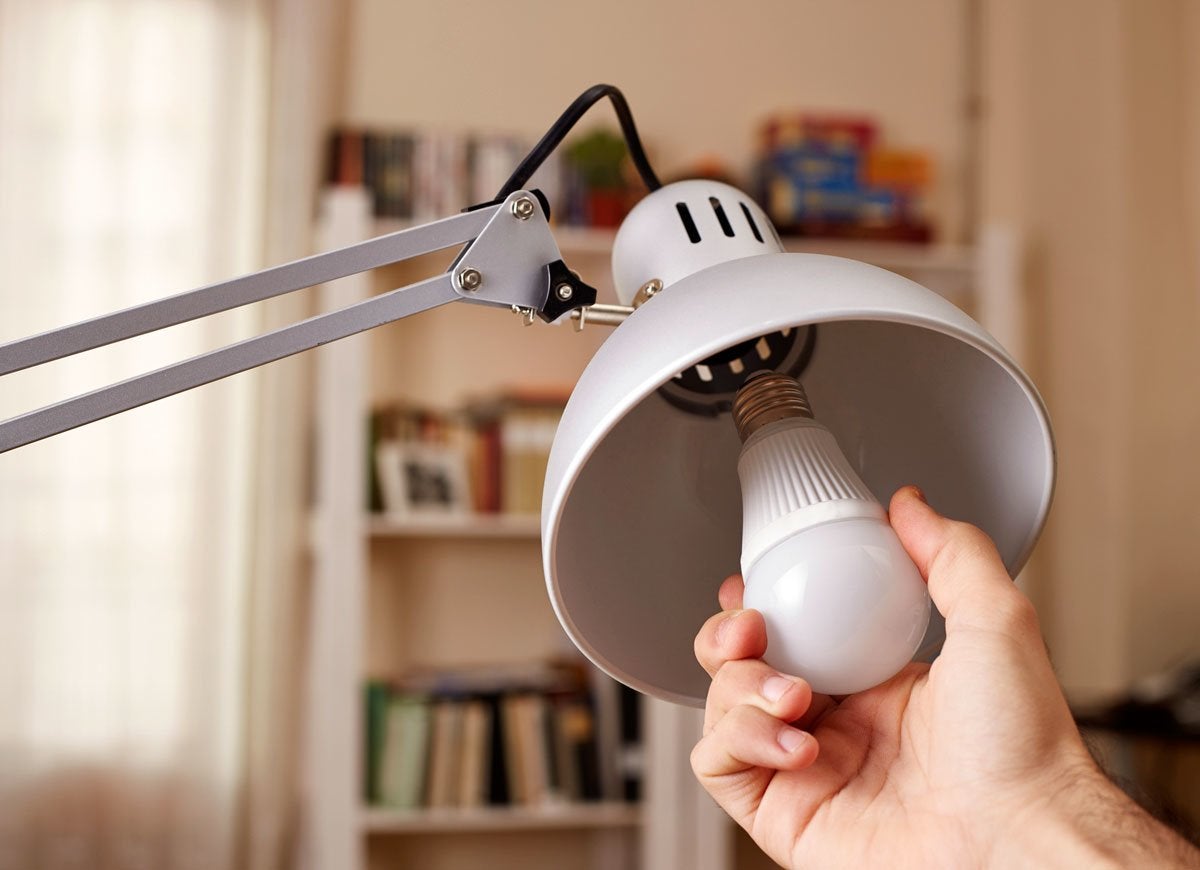
Because the sun sets earlier during the winter, you’ll be leaving your lights on for longer stretches of time. Prepare for the increased energy consumption by swapping your incandescent bulbs for either light-emitting diodes (LEDs) or compact fluorescent lamps (CFLs). You’ll spend a bit more per bulb initially, but LED or CFL bulbs last longer and save energy.
Related: 9 Energy-Saving Home Upgrades That Pay for Themselves
Blasting Your Pressure Washer
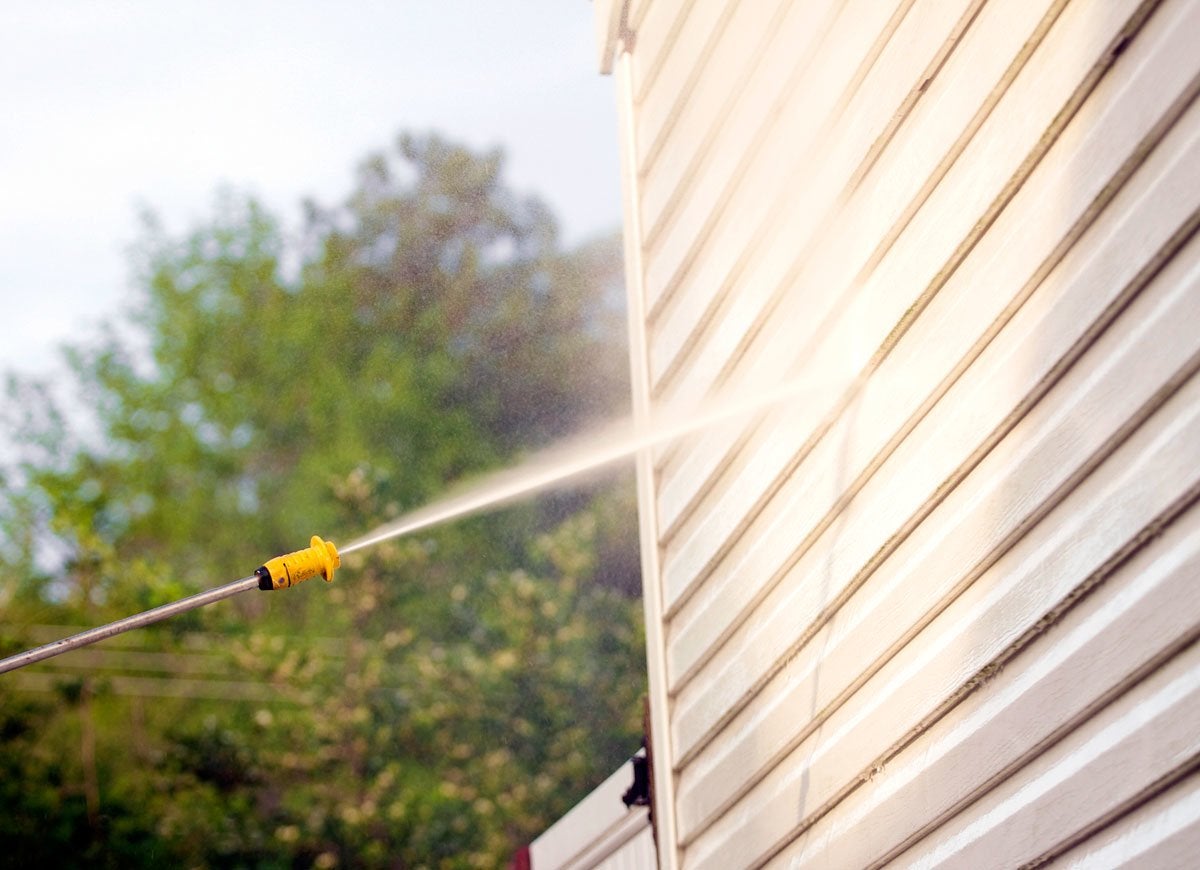
Pressure washers clear away seasonal buildup of dirt and grime from your siding, but many homeowners blast the water at full force. Excessive water pressure can damage your home’s exterior by forcing moisture under the siding, peeling away paint, or damaging softer materials like cedar. To keep your siding in top shape for winter, fit a pressure washer wand with a wide-spray tip. Start at the top of the siding, and then angle the direction of the water slightly downward. Be sure to use gentle side-to-side motions while cleaning.
Related: These 6 Signs Tell You It’s Time to Replace Your House’s Siding ASAP
Neglecting to Touch Up Your Exterior
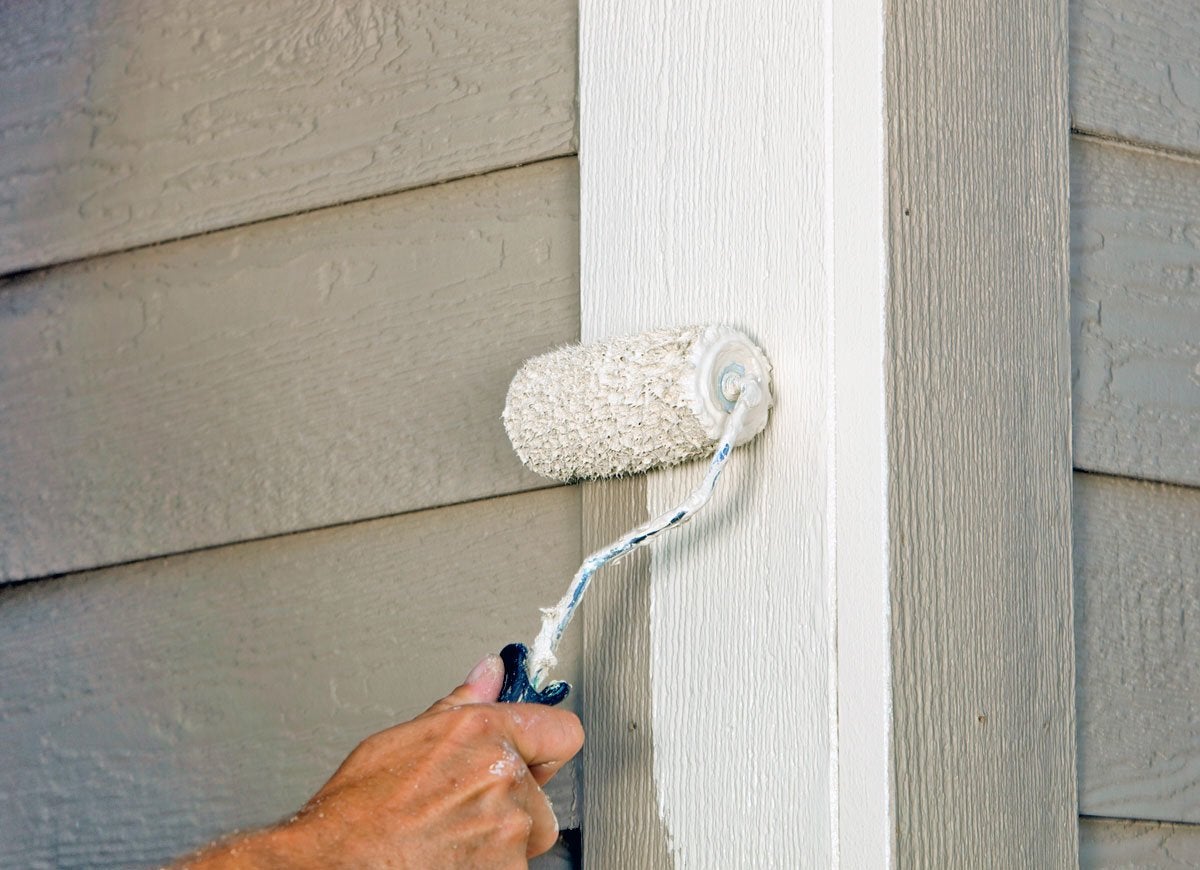
Thanks to cooler, more comfortable weather, fall is the perfect time to touch up your home’s exterior. Be sure not to ruin the renewed finish by using the wrong techniques. Select a high-quality exterior paint with an acrylic base, and don’t choose a windy day for the job. If your house doesn’t need an entire paint job, consider touching up bare spots, splits, and board ends to protect them from winter weather.
Related: 7 No-Fail Exterior Paint Colors
Sealing Gaps over Old Caulk
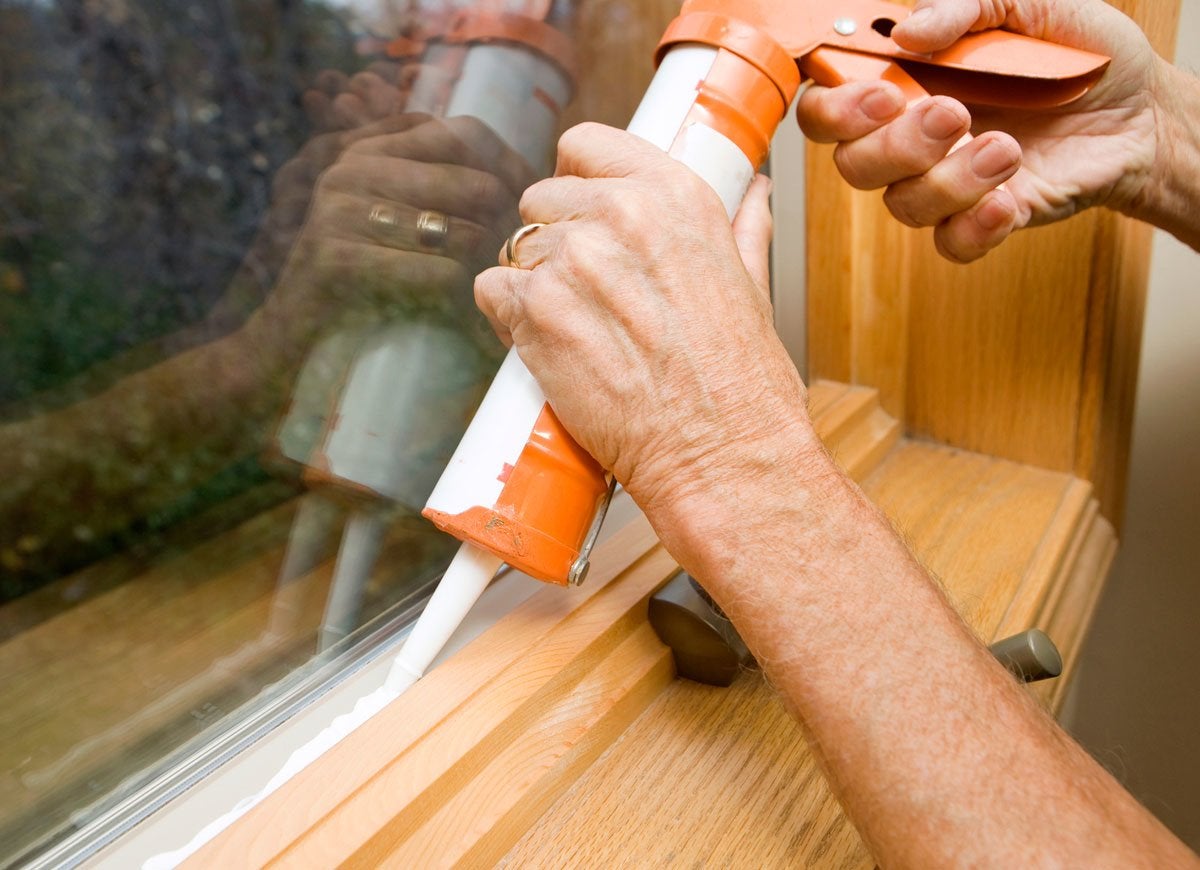
By sealing the gaps around windows and between siding boards in the fall, you can lower your heating bill and eliminate uncomfortably cold drafts in the winter. But before you start patching the holes, remember to remove all existing caulk, because new caulk needs a clean surface to seal properly. Use a razor blade to cut away the old caulk, then wash the area with a good degreasing detergent. Let the spot dry completely before applying new caulk.
Related: 15 Problems Around the House That You Can Solve With Caulk
Waiting to Replace Your Furnace Filter

Not only do clean furnace filters improve air quality by removing allergens more effectively, they also maximize the operating efficiency of your heating system—and a well-maintained heating system is a necessity during the winter. Most furnaces need a filter change every one or two months, but you may have to do it more often if you have a very dusty home or pets that shed. Replacing your own filter is relatively simple (with help from the furnace manual), but you can also hire an HVAC professional to clean the furnace, check for the presence of hazardous gases, make any necessary repairs, and replace the filter.
Related: The Best Furnace Filters to Keep Your Equipment Running Smoothly
Reusing Roofing Materials
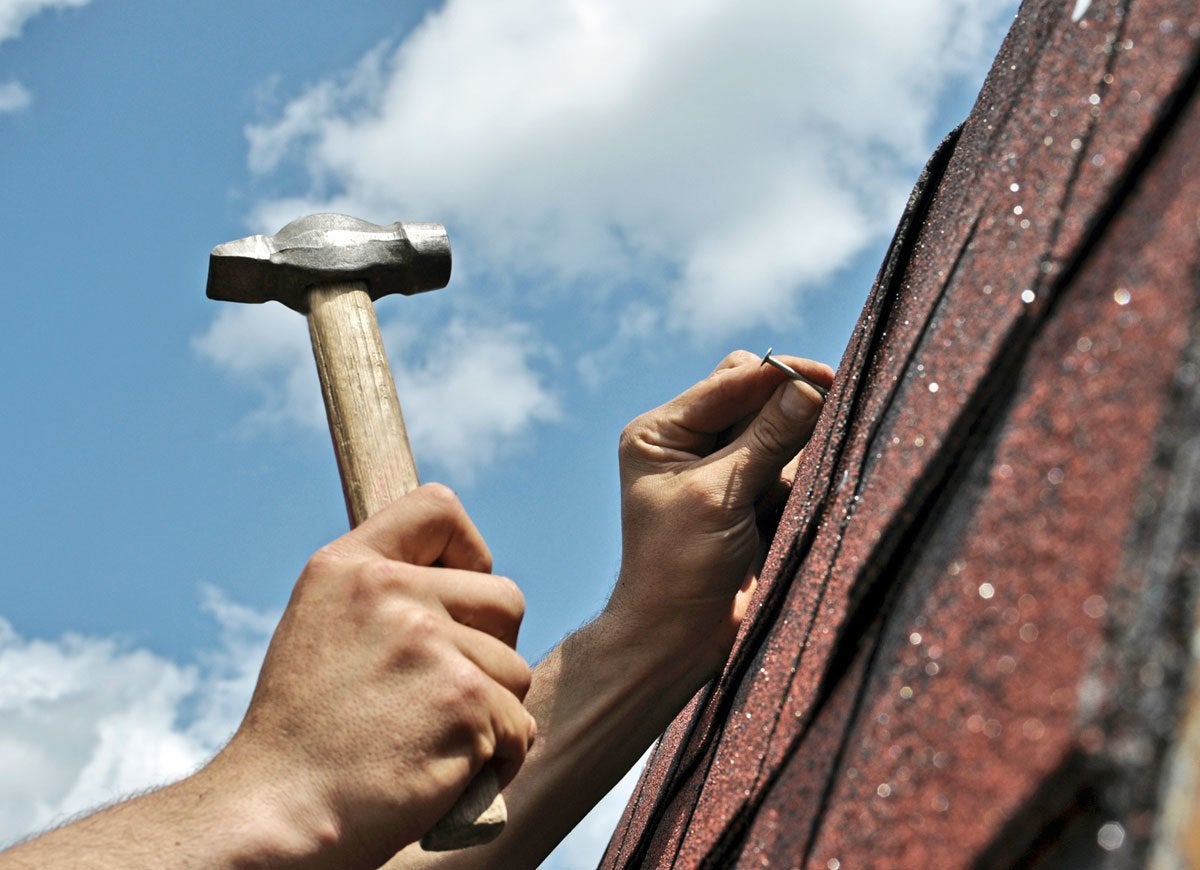
Winter can wreak havoc on a roof that’s seen better days, so it’s important to make repairs before the colder weather arrives, bringing with it the threat of ice dams and accumulations of snow that can cause structural damage. Many homeowners don’t realize, however, that reusing old roofing materials can sabotage repairs. Although recycling a gutter apron or flashing is a tempting way to save money, used materials (especially metal ones) won’t last as long and can increase the risk of weather damage to the roof. Spring for new materials now so you won’t have to face a worn-out roof later.
Related: 7 Signs You Need a New Roof
Overlooking a Dirty Chimney
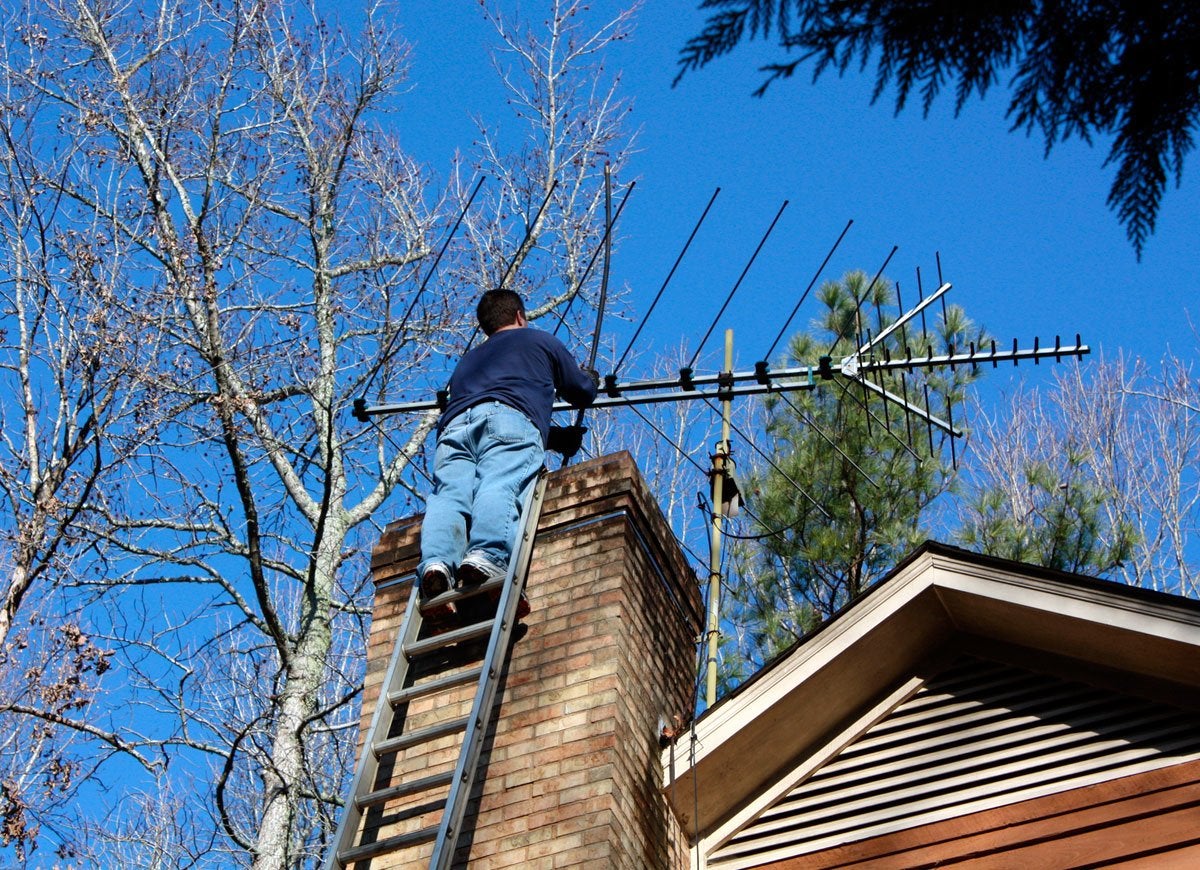
Creosote buildup in the flue of a wood-burning fireplace can trigger a dangerous chimney fire. To ensure your safety as you snuggle next to toasty flames this winter, have your fireplace checked and cleaned by professionals. Chimney sweeps are always busiest in the fall, so be sure to schedule your cleaning early.
Forgetting to Change the Batteries
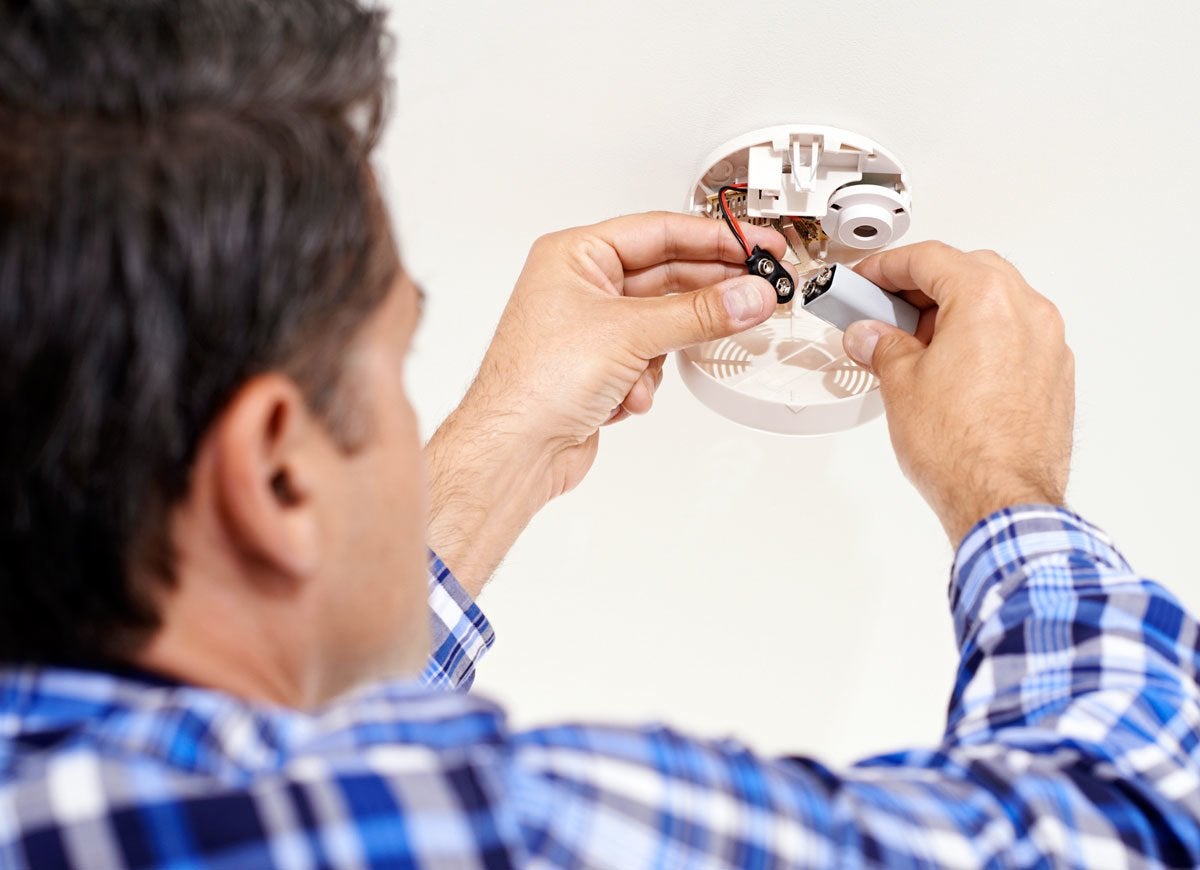
Protecting your family from dangerous fumes and fire hazards should always be a top priority. Carbon monoxide (CO) is a toxic byproduct of the incomplete combustion of fuels, including natural gas, coal, and wood. It can’t be seen or smelled, so it’s essential that you keep your CO detector (as well as your smoke detectors) working well. To be certain that your detectors never run out of juice, change the batteries when you change your clocks, starting this fall when daylight saving time ends.
Related: Keep Your Home and Family Safe With One of Our Favorite Smoke Detectors
Covering Soffit Vents in the Attic
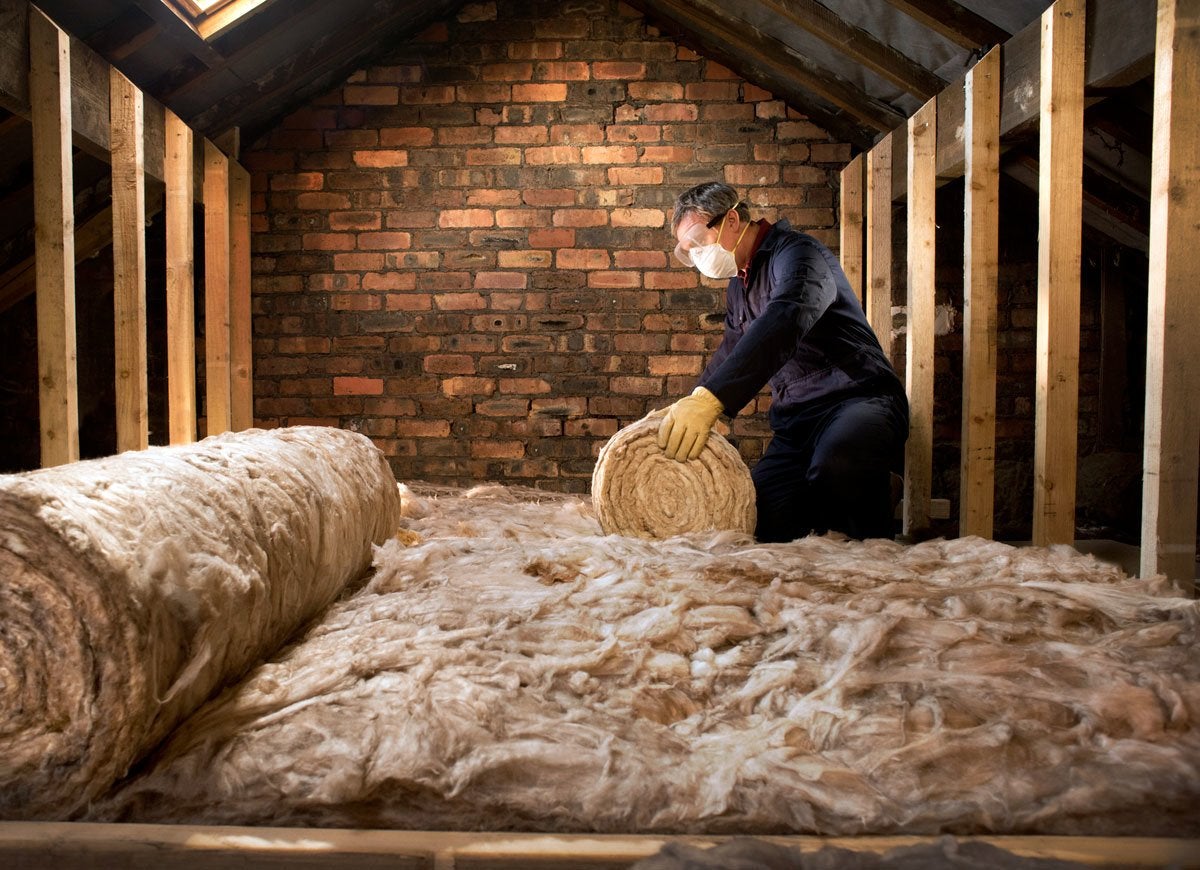
Attic insulation is a smart investment. It conserves energy by trapping heat in the winter, thereby saving your furnace from excess wear and tear. When adding new insulation, however, don’t make the mistake of blocking your home’s soffit vents. These vents are vital for maintaining the flow of fresh air in the attic. If you’re adding batts, cut them to fit around, not over, soffit vents. If you’re blowing in attic insulation, cover the soffit vents with a piece of batt insulation or a board, and remove the cover after the blown-in insulation settles.
Related: So, You Want to… Insulate the Attic
Prematurely Pruning Your Trees
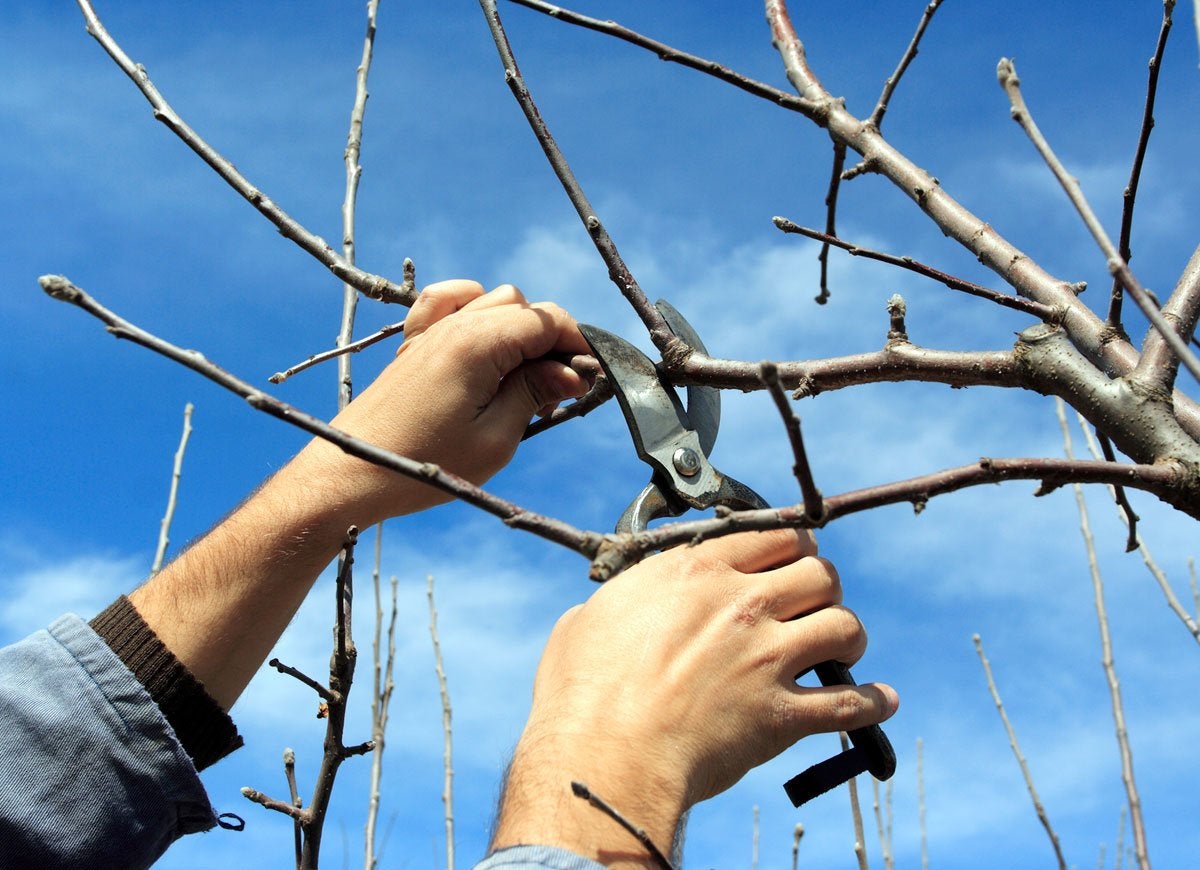
While it may be tempting to prune deciduous trees in the temperate days of early fall, you shouldn’t trim a tree before it’s dormant. Pruning too early, when the tree still has leaves, can increase the risk of tree-borne diseases. To keep your landscape looking its best, wait until early winter to thin crowded branches and remove diseased limbs.
Turning Off the Sprinklers Too Early
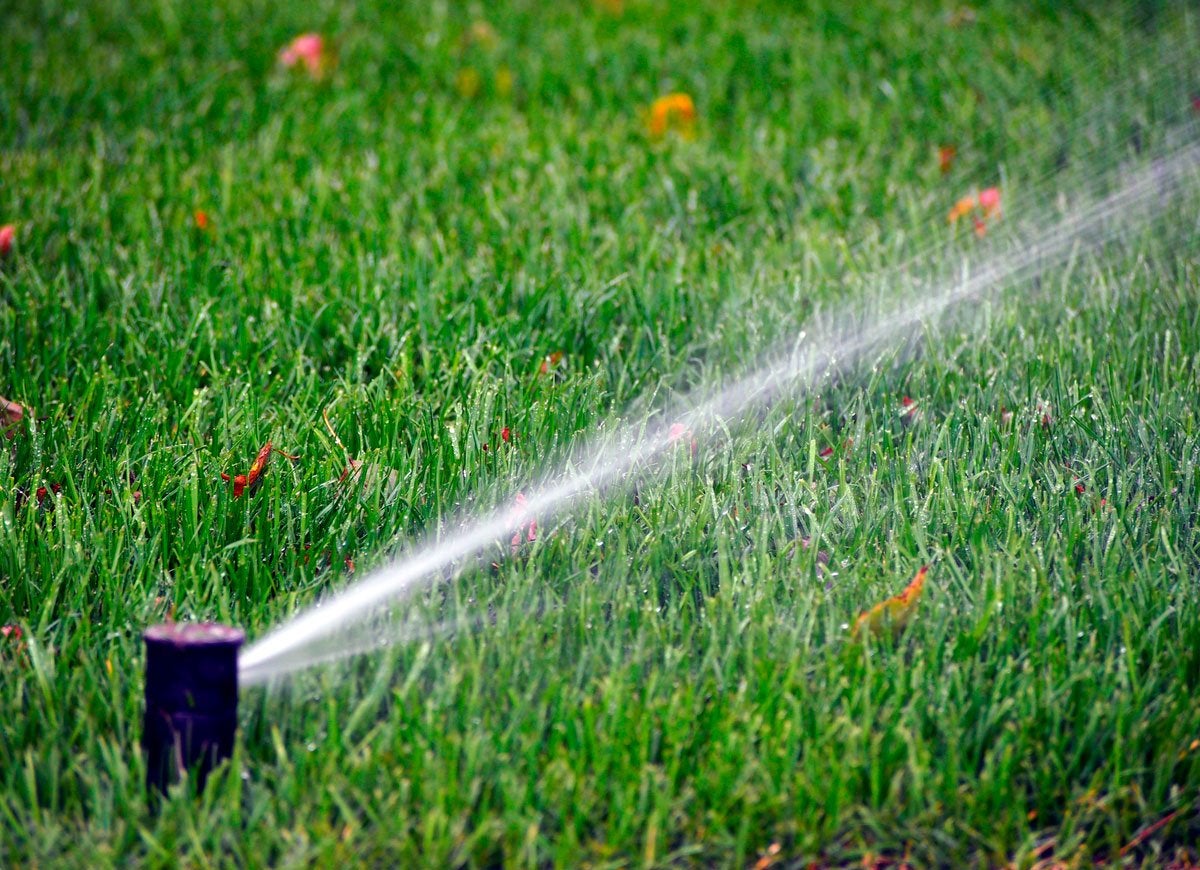
Don’t stop watering your lawn as soon as temperatures drop! Your grass still needs moisture until the ground freezes. Cool-season grasses, such as fescue and Kentucky bluegrass, experience growth in the fall, and they need adequate water to maintain healthy root systems.
Letting Leaves Pile Up in the Gutters
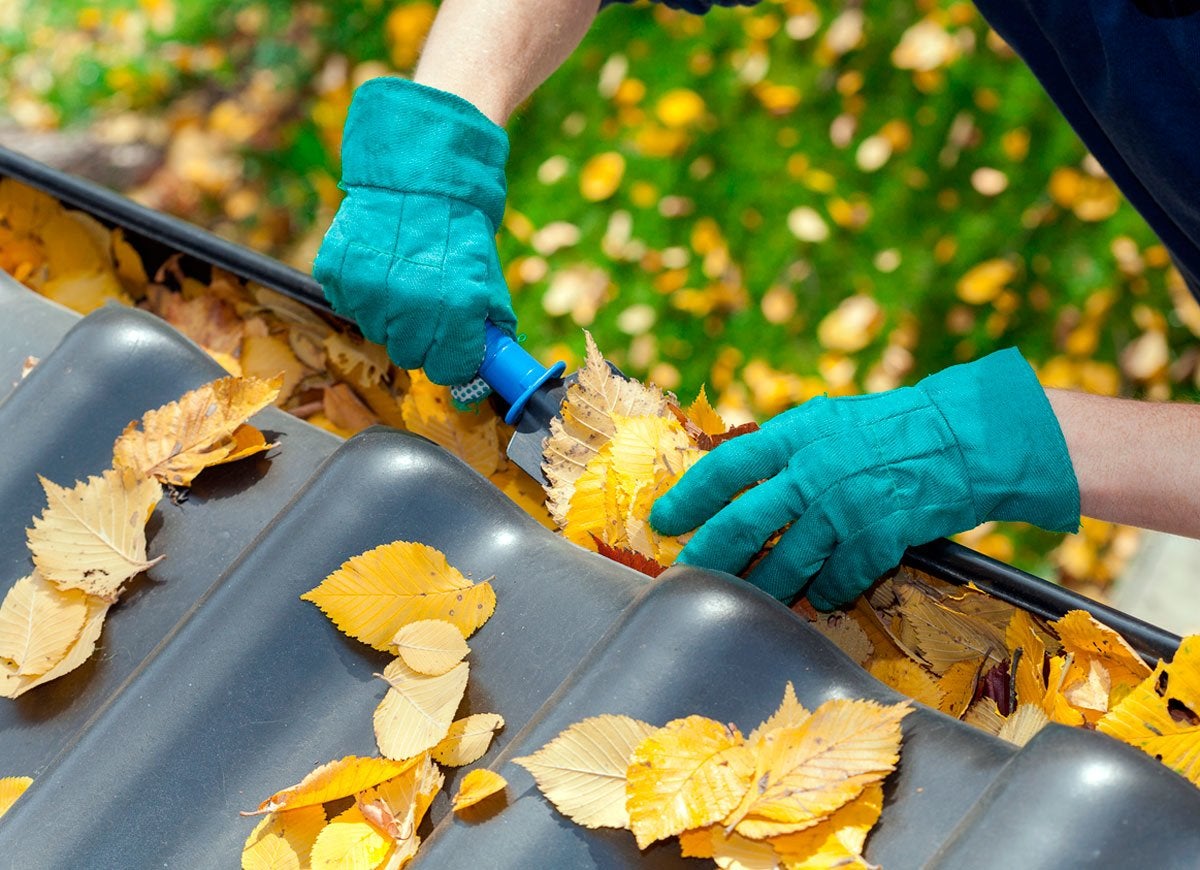
Left to pile up in the gutter, decomposing leaves and debris can block downspouts and trap water. As temperatures drop and the water freezes, these blockages can lead to damage to the house as well as the gutter. To clean out your gutters in preparation for winter, wait until all the leaves have fallen from the trees, and pay special attention to safety. Always use a sturdy ladder and wear shoes with nonslip soles. The ladder should be tall enough so you don’t have to stand on the top rung or overreach, both of which increase the risk of falling. Recruit an assistant who can steady the bottom of the ladder and hand up tools.
Related: Types of Gutters and Materials to Consider for Your Home
Ignoring Sidewalk Cracks
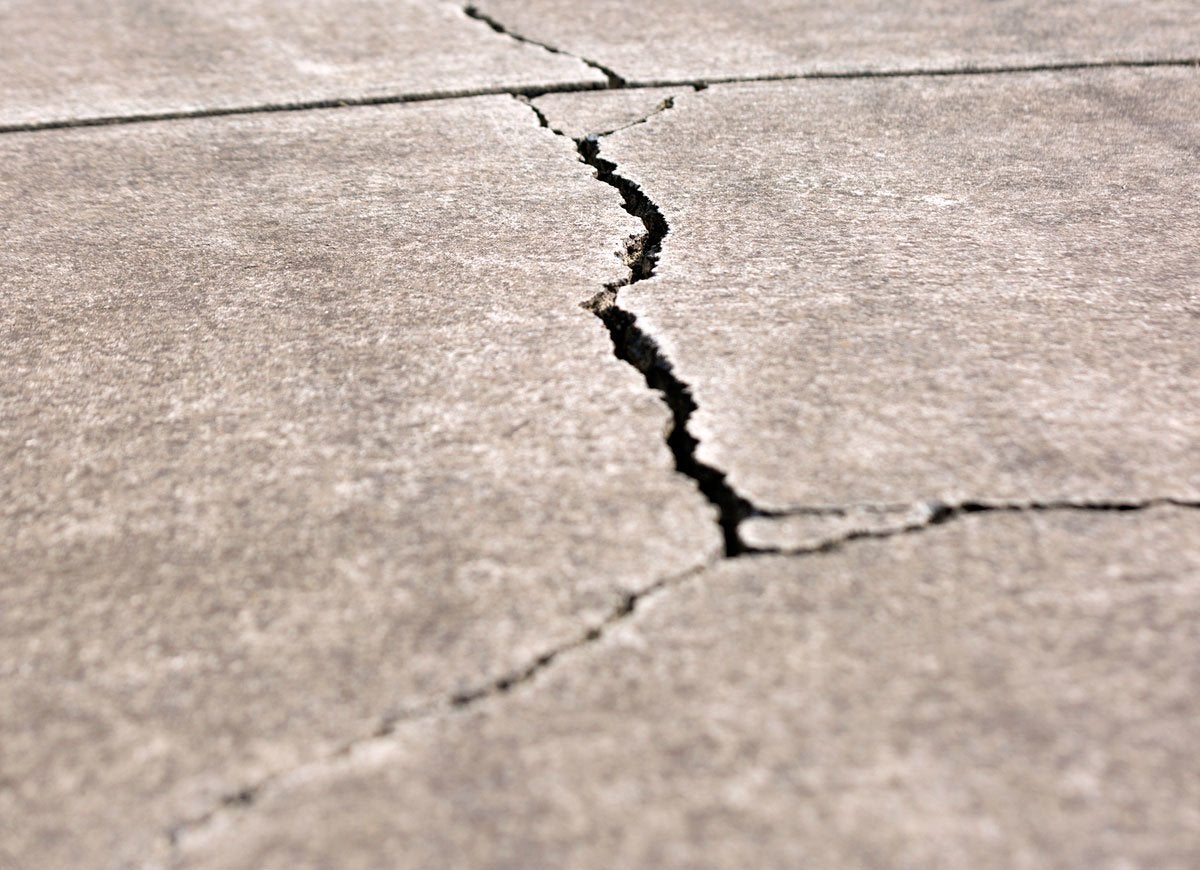
During the winter, melted snow can seep into sidewalk cracks. The water can then refreeze and expand, which creates larger cracks and heaved concrete. On a dry fall day, sweep out all debris and crumbled concrete from the cracks, then fill them with a flexible concrete crack sealer to keep moisture out. For the best results, fill sidewalk cracks when the daytime temperature is above 50 degrees. If it’s too cold, the concrete sealant will not adhere properly, and water seepage can still occur.
Maintenance Musts

Don’t forget! The right fall prep will help your house survive the worst that winter weather can throw its way.

This Is the Year for a Kitchen Renovation
Whether you’re selling or staying, everyone can get something out of a kitchen update. Learn why we consider this renovation the Most Valuable Project of 2025 and how to stay on budget.